Refuge room: the solution for your hypersensitive child?
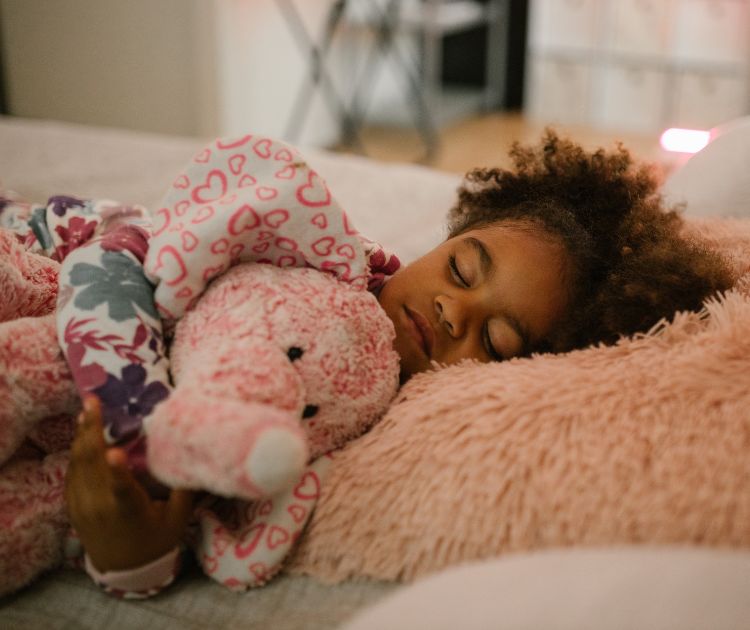
Cocoon bedroom: anti-stress solution for hypersensitive children
Does your child often seem overwhelmed by their emotions or external stimuli? Understanding hypersensitivity in children and their specific needs allows for calmly supporting them in managing their emotions. Discover how to create an adapted environment, promote emotional regulation, and transform their challenges into strengths through concrete advice and personalized solutions.
Understanding the hypersensitive child and their specific needs
Understanding the hypersensitive child and their specific needs
The brain of a hypersensitive child processes stimuli differently, resulting in intense and prolonged reactions to emotions, noises, or textures.
Hypersensitivity develops from intrauterine life. Studies suggest a genetic influence, with approximately 50% of sensitivity inherited. The environment plays a crucial role in its expression, with a calm setting mitigating excessive reactions.
Common signs and manifestations of hypersensitivity
Here are the main revealing signs of a hypersensitive child to observe daily:
- Intense and disproportionate emotional reactions to ordinary situations
- Increased sensitivity to changes and novelties requiring adaptation time
- Difficulties managing frustration and criticism with an exacerbated perception of judgments
- Sensory hypersensitivity to noises, bright lights, odors, and uncomfortable textures
- Frequent need for quiet moments to recharge after information overload
The hypersensitive child's brain perceives more stimuli, which causes sensory overload. This intensity translates into strong reactions to minor events, increased fatigue, and complex emotion management.

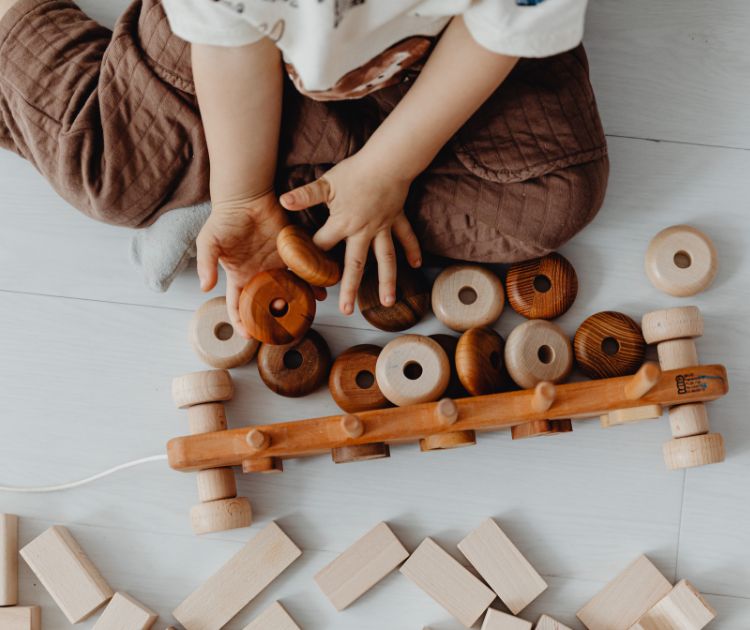
Strengths and qualities of hypersensitive children
Hypersensitive children often develop great empathy, creativity, and acute intuition. Their sensitivity allows them to finely understand emotions, create deep connections with others, and fully flourish through early learning activities.
Their more intense neuronal activity facilitates a fine understanding of others' emotions. These children perceive emotional states acutely, anticipate others' needs, and navigate complex social interactions with finesse.
💡In an approach to support your hypersensitive child from an early age, discover our article on musical awakening from 0 to 3 years old
The specific needs of the hypersensitive child in their environment
The importance of an adapted and secure environment
Sensory stimuli deeply affect the hypersensitive child. Loud noises, bright lights, or uncomfortable textures easily trigger overload. A calm and structured environment, where each element such as a suitable wardrobe or dresser finds its place, promotes their emotional balance and concentration.
Type of Stimulus | Concerning Stimuli | Observed Reactions |
Auditory | Loud noises (alarms, thunder), background noise, whispers | Covering ears, fleeing the situation, intense anger |
Visual | Bright lights, saturated colors | Concentration difficulties, headaches |
Tactile | Clothing labels, seams, rough textures, pressure | Categorical refusal of contact (e.g., sand), emotional outbursts |
Gustatory/Olfactory | Intense tastes, strong odors (food, household products) | Refusal to eat at the table, avoidance of odorous places |
General | Overloaded environment (multiple simultaneous stimuli) | Social withdrawal, school difficulties, sensory overload |
Note: Sensory hypersensitivity affects 16% of children aged 7 to 11 and 5% of those under 7 (data not medically diagnosed). This temperament trait, influenced by the environment, can generate various stress responses (fight, flight, or freeze) in the face of overload.
The orchid child theory compares these unique temperaments to a delicate flower. Like the plant, they require special care. A caring environment transforms their sensitivity into strength, promoting flourishing and confidence.
Daily challenges and situations to anticipate
Transition moments are often sources of stress. Waking up, ending an activity, or bedtime can provoke intense reactions if not well prepared in advance.
Warn the child of changes with visual tools (clock, pictograms). Explain routine modifications. Allow them to choose between two options to offer a sense of control. Maintain soothing rituals to facilitate transitions.
The protective cocoon: creating a soothing refuge in the bedroom
Introduction to the "protective cocoon" concept
This is a space designed to reduce aggressive stimuli. This refuge offers calm and security to the hypersensitive child, allowing them to refocus during sensory or emotional overloads.
This secure environment promotes the management of intense emotions. It allows the child to temporarily isolate themselves, recover, and regain emotional balance. About 20% of hypersensitive children find in this cocoon an essential tool for their daily well-being.
How to create an ideal cocoon space with Chambrekids?
The fundamental principles of layout
A soothing space favors simplicity, clarity, and reduced stimuli. Integrated storage and soft shapes promote a serene environment for the hypersensitive child.
Chambrekids offers eco-designed solutions that combine functionality and gentleness. The wooden bedrooms illustrate this approach, with clean lines and natural materials that limit sensory aggressions while adapting to the child's growth.
Create a sensory cocoon with the cabin bed
Enclosed furniture like cabins or enveloping armchairs create a physical refuge. The cabin bed offers an intimate space where the child feels safe.
Integrate these elements into the cocoon:
- Cushions and blankets for tactile comfort
- Open shelves for clear visual organization
- Dynamic stools or poufs for regulation moments
- Weighted blankets for a soothing pressure sensation
- Simple sensory objects like hourglasses or stress balls
Customize the cocoon according to the child's preferences. Observe their reactions to textures, colors, and objects. A touch-sensitive child will appreciate ultra-soft fabrics, while a visually sensitive child will prefer simple and soothing patterns.
Practical solutions for moments of sensory overload
Plan for modular arrangements such as sliding partitions or blackout curtains. These solutions allow for quickly isolating the space when needed, creating an immediate refuge for the child.
Incorporate emotional regulation tools in the cocoon. Hourglasses to visualize time, weighted blankets for soothing pressure, or guided meditation cushions. These elements help the child regain calm and express their emotions constructively.
The hypersensitive child draws strength from a caring and adapted environment. By identifying their signs, creating a refuge space, and anticipating transitions, you offer your little one a solid foundation to flourish. Acting now means transforming their sensitivity into an asset, because a soothing cocoon today forges a confident adult tomorrow.
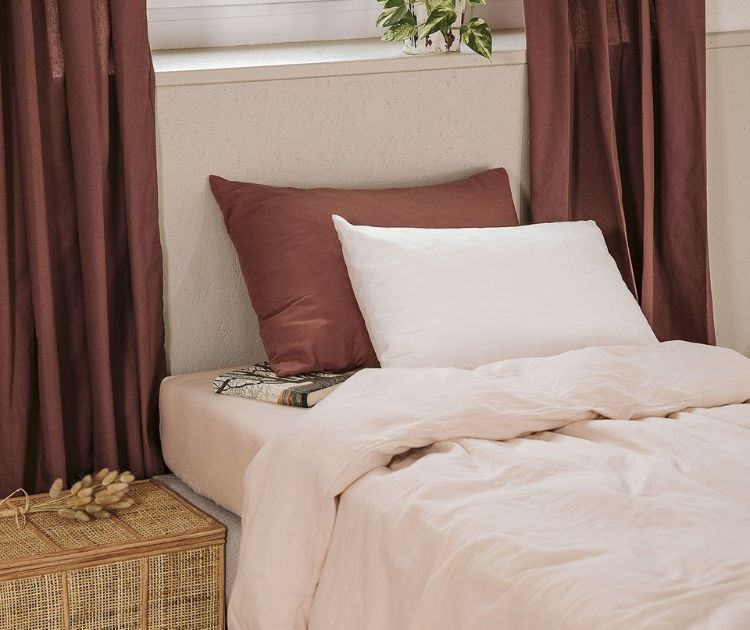








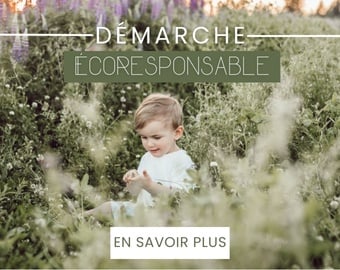


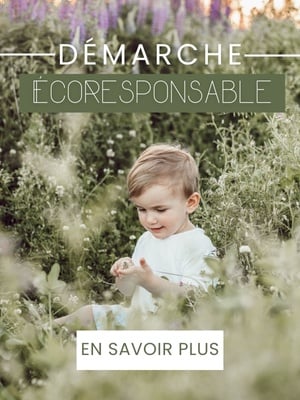

 Choosing the right baby blanket dimensions according to season and age
Choosing the right baby blanket dimensions according to season and age
 How to attach a headboard (with or without drilling): quick and effective soluti
How to attach a headboard (with or without drilling): quick and effective soluti
 Waterproof sheet or mattress protector: the best solution by age group
Waterproof sheet or mattress protector: the best solution by age group
 27 Original, Useful, and Trendy Christmas Ideas for Teens 2025
27 Original, Useful, and Trendy Christmas Ideas for Teens 2025
 Christmas Activities for Baby: Creative Ideas for Home & Daycare
Christmas Activities for Baby: Creative Ideas for Home & Daycare